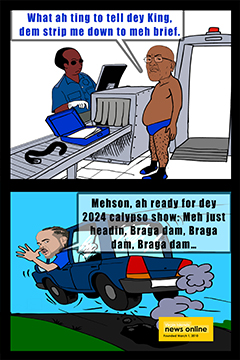Herschel telescope switched off


The billion-euro Herschel space telescope has been switched off.
Controllers on Monday emptied the satellite's fuel tanks and commanded the observatory to sever all communications.
The "passivated" spacecraft is now in a slow drift around the Sun, about 2.14 million km from Earth.
With its 3.5m mirror and three state-of-the-art instruments, Herschel was the most powerful observatory of its kind ever put in space.
In its four years of operations, it gathered pictures and other data at far-infrared wavelengths that have transformed our understanding of star formation and galaxy evolution.
The final command to turn off the communications transponder was sent from the European Space Operations Centre (Esoc) in Darmstadt, Germany.
The great distance to Herschel meant it took six seconds for the radio message to reach the observatory and further six seconds for ground stations on Earth to confirm the loss of signal.
"It really was a beautiful spacecraft," said Micha Schmidt, the European Space Agency's (Esa) Herschel spacecraft operations manager.
"It never gave us too much trouble. And that allowed us to streamline things; to learn a lot about pointing the spacecraft, for example. This meant we could maximise the science," he told BBC News.
Decommissioning became necessary when Herschel used up the last of its superfluid helium coolant.
This had maintained the efficient working of the instruments and their detectors, which needed to be kept just fractions of a degree above absolute zero.
When the helium ran dry, Herschel was effectively blind to the objects it wanted to see on the sky.
The final command was sent at 1225 GMT.
End-of-life actions involved moving the satellite from its observation station, a gravitational "sweetspot" about 1.5 million km on the "nightside" of the Earth known as the second Lagrangian point (L2).
This will keep the 7m-long spacecraft well clear of other astronomy missions that want to use L2's very stable temperature and light conditions.
Controllers also emptied Herschel's hydrazine propellant tanks to reduce the risk of some future explosion.
This involved commanding the satellite to fire its thrusters to exhaustion.
As Herschel drifts, probably in a slow tumble, it will continue to charge its batteries and provide power to the onboard computer.
"In normal circumstances, there is an automatic recovery function whereby Herschel would try to switch on the transponder, but we have overridden this," said Mr Schmidt.
"It will never contact Earth again. We could re-command it. This mode is hardwired and we can't overcome this. But we have no intention of doing that."
Although the spacecraft operation phase may be over, the huge amount of data acquired by Herschel means that the science phase is only now getting into its stride.
Astronomers will continue to scrutinise Herschel's pictures and make discoveries for years to come.
Many of its observations will also be followed by other telescopes that are able to see some of the same wavelengths of lights. Among them is the giant new Alma radio network in Chile.
Herschel was launched in 2009 with the Planck Surveyor, which was also stationed at L2.
This telescope, which has been studying the "oldest light" in the Universe, is expected to end its mission around October and will be passivated in the same way as its sibling.
Esa's next mission to the Lagrangian point will be Gaia. Scheduled to launch in September, this space telescope will make the most precise map yet of the stars in our Milky Way Galaxy.









.png)
.png)



.png)






















Leave a Reply